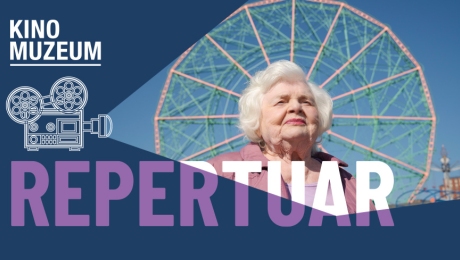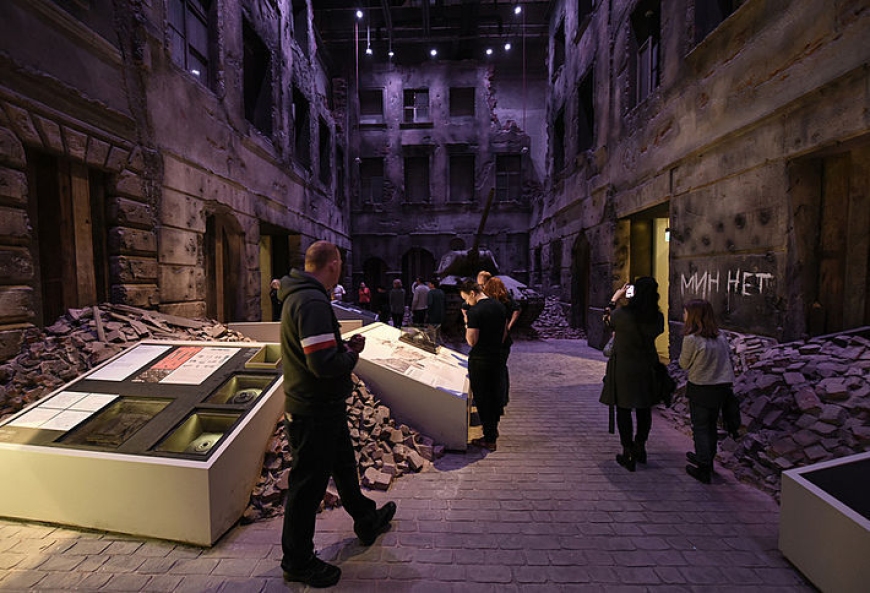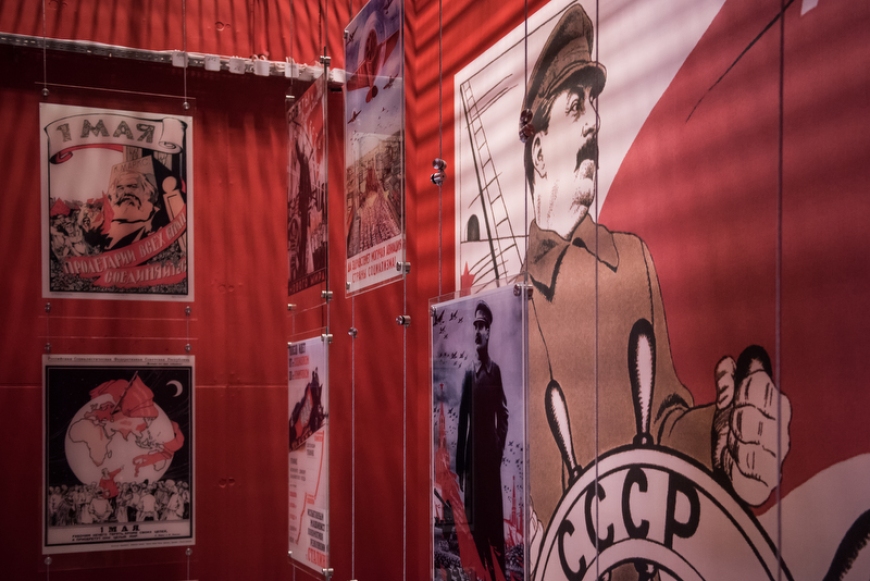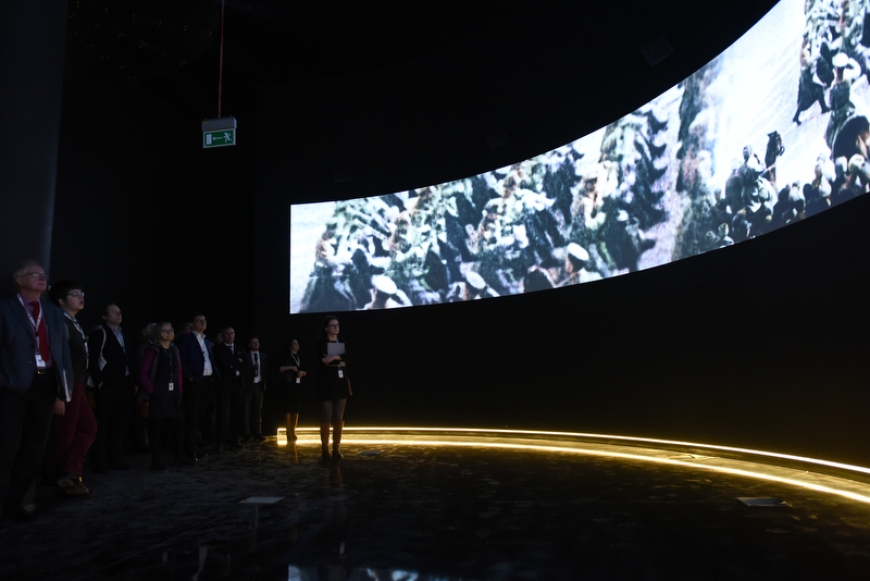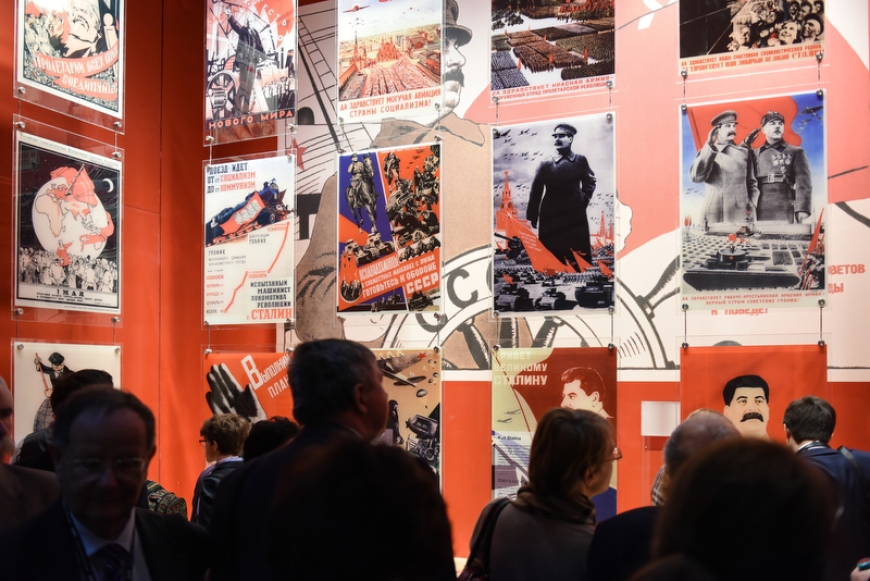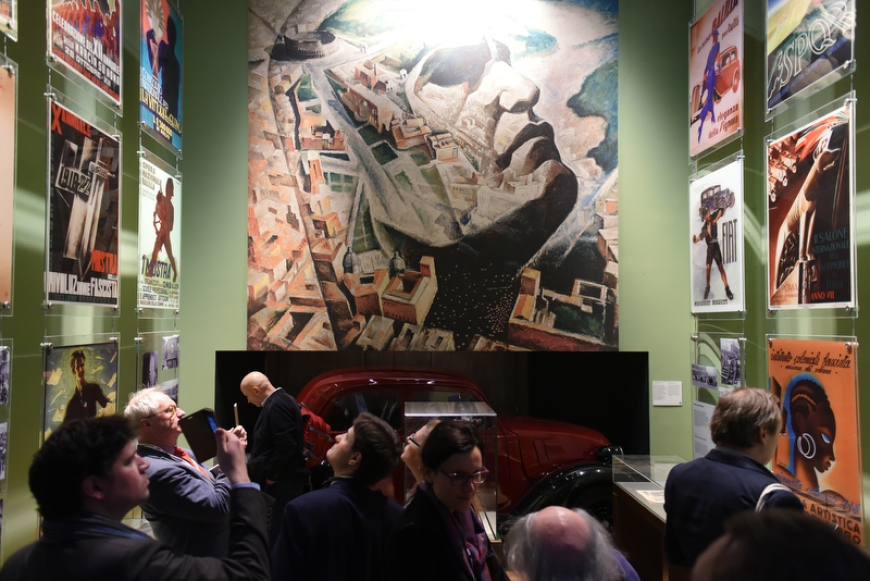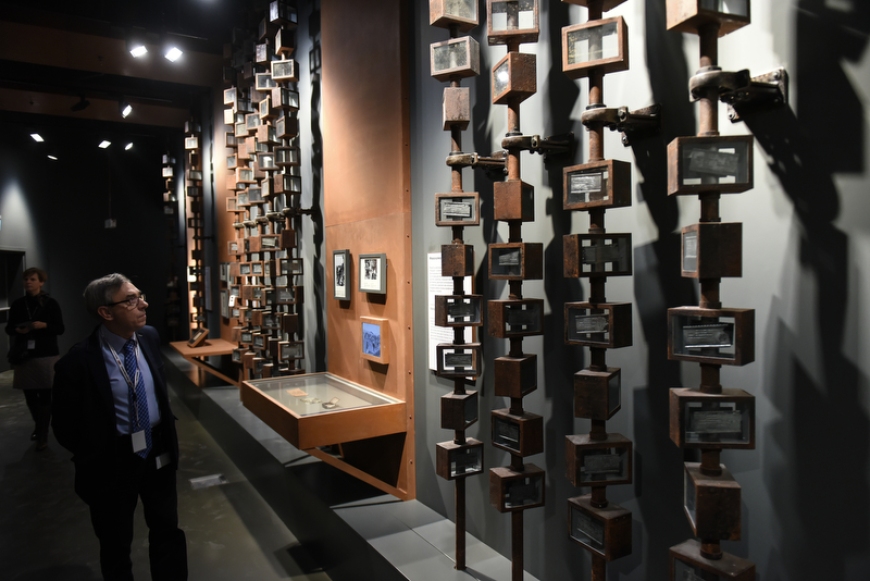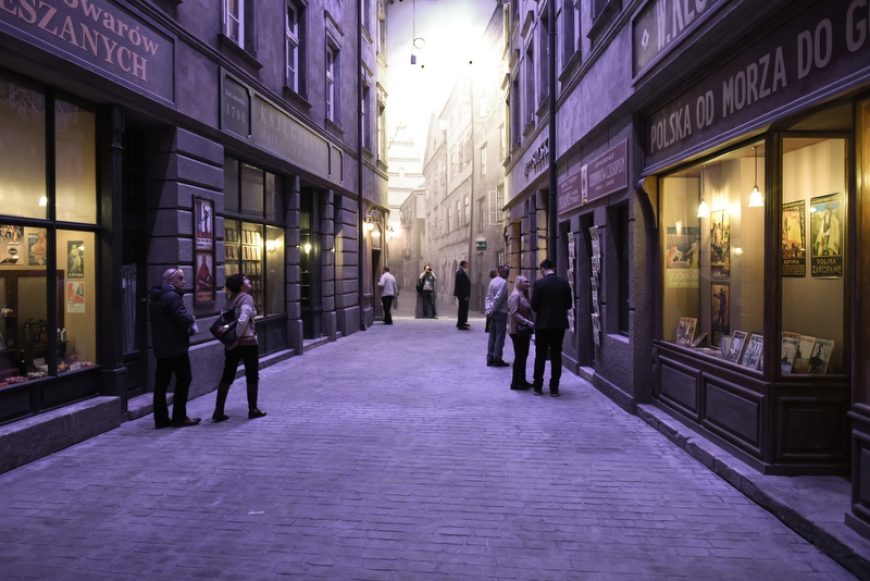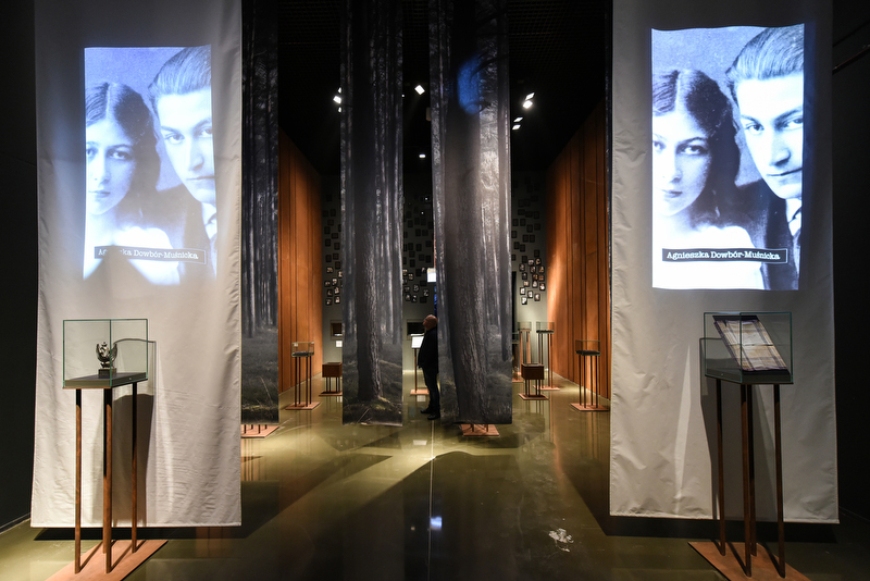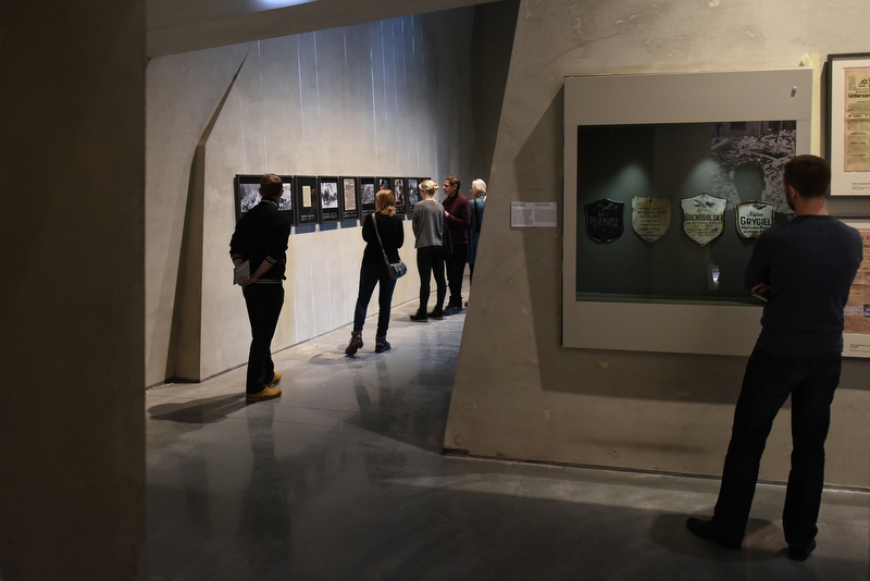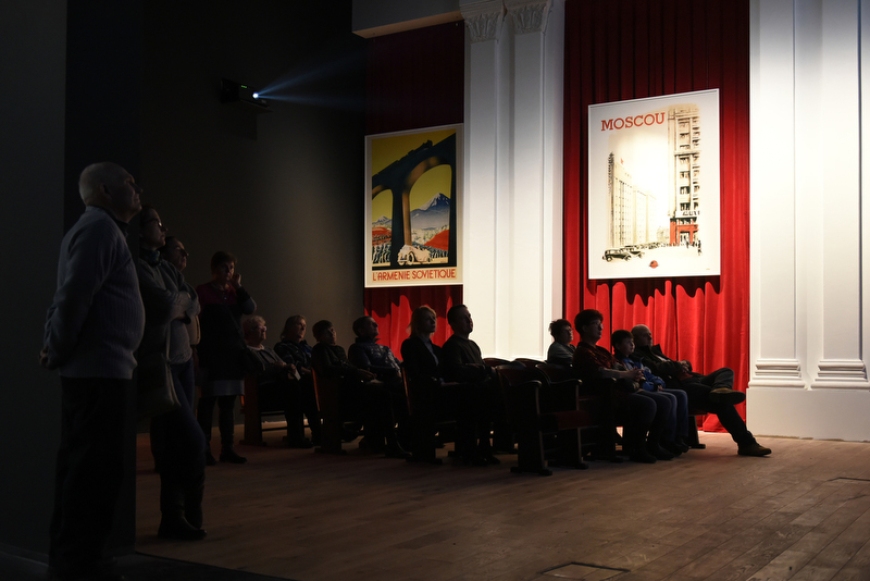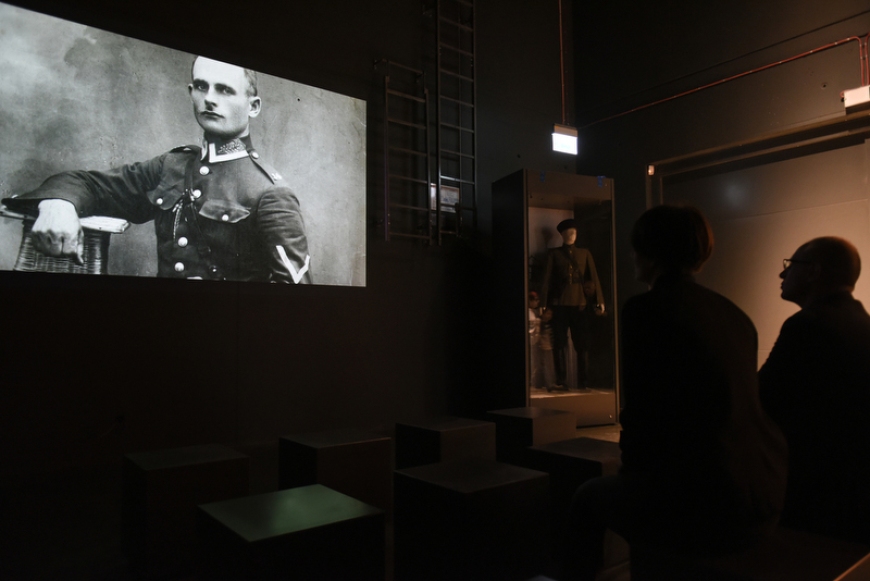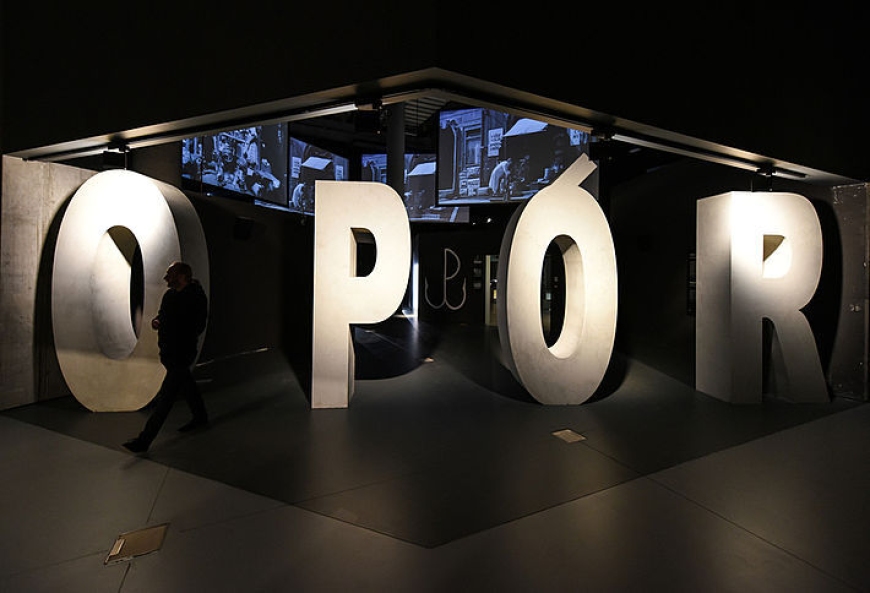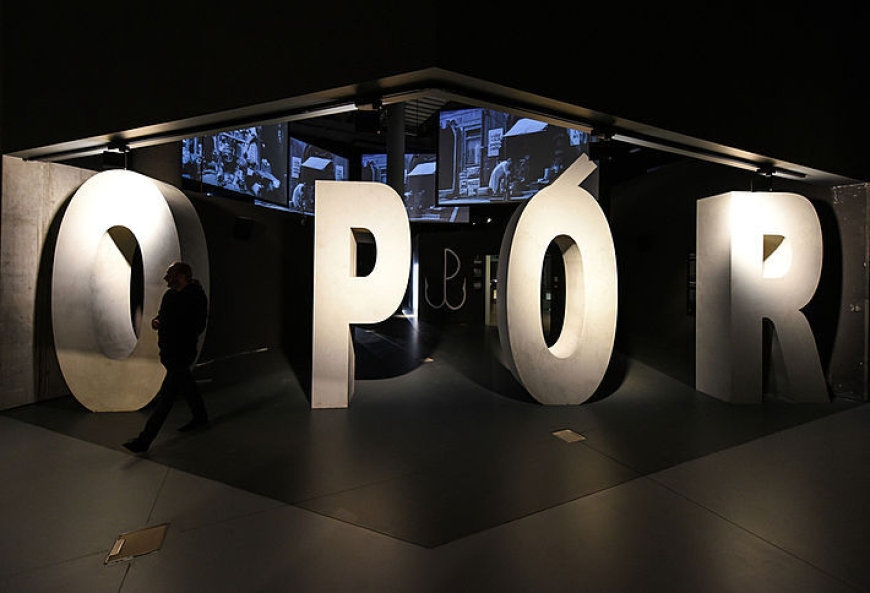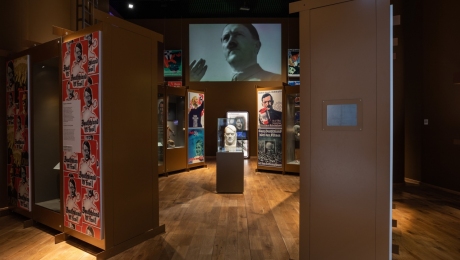Location level -3
Normal ticket 23 zl
Concession ticket 16 zl
The narrative about the criminal nature of World War II and occupation, also takes into account other cases of genocide, terror and exploitation of the civilian populations.
This includes the system of concentration camps created by the Third Reich, the slave labor into which the conquered nations were forced, and the forced displacement of hundreds of thousands of people begun by the Germans in October 1939, and by the Soviets in February 1940, and completed in 1944-45. The exhibition aims to make visitors aware that the Third Reich and the Soviet Union, guided by political, racial and economic motives, displaced huge numbers of people on a massive scale from the very beginning of the war until its end.
An important part of this exhibition are some unique exhibits - items documenting the fate of the victims of the Holocaust, executions and other forms of repression, camp prisoners, forced laborers and Polish citizens who were deported deep into the Soviet Union.
Other parts of the "Horror of War" section are devoted to the resistance movement in Poland and other occupied countries as well as the battle over information, including breaking the codes of the German Enigma encryption machines. It also includes information about the total economic and social mobilization of the countries participating in the war, as well as the diplomatic and political gameplaying which took place between the Western Allies and the Soviet Union.
A very important element of this part of the exhibition is a presentation on the activities of the Polish Underground State, its army, administration, judiciary, education, as a phenomenon of political and social self-organization in occupied Europe. The story also includes the struggle for the Polish cause in the international arena, led by the government of the Republic of Poland in London.









